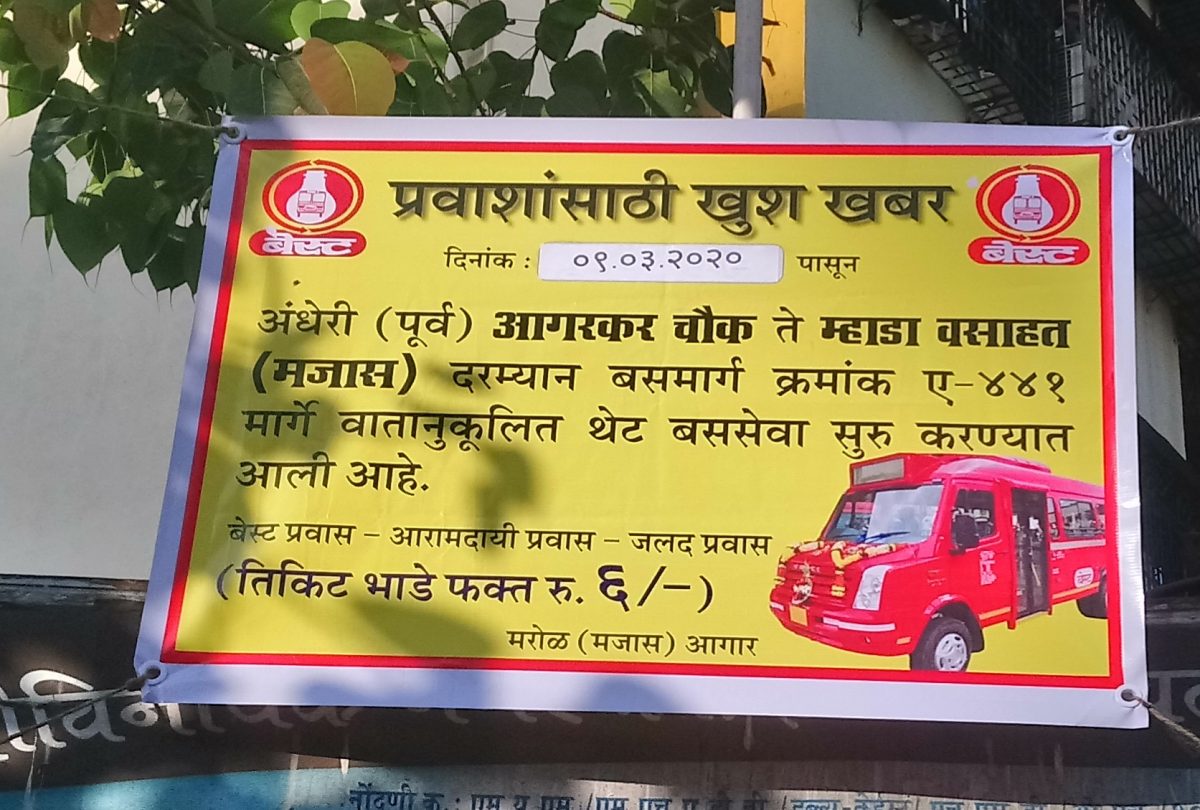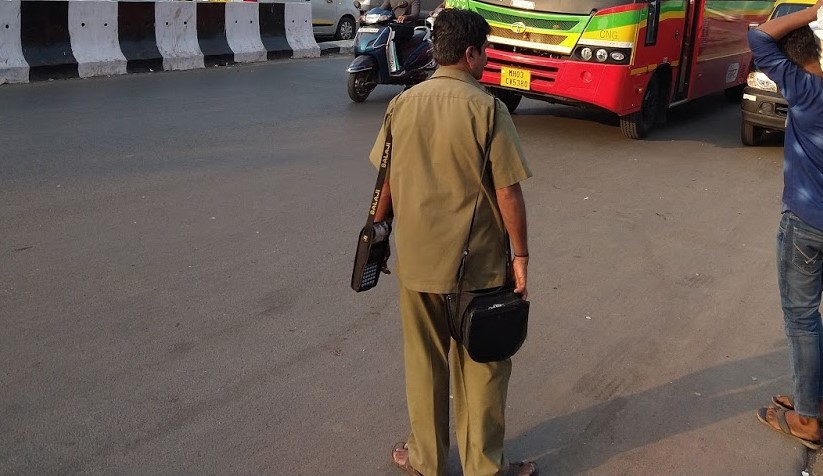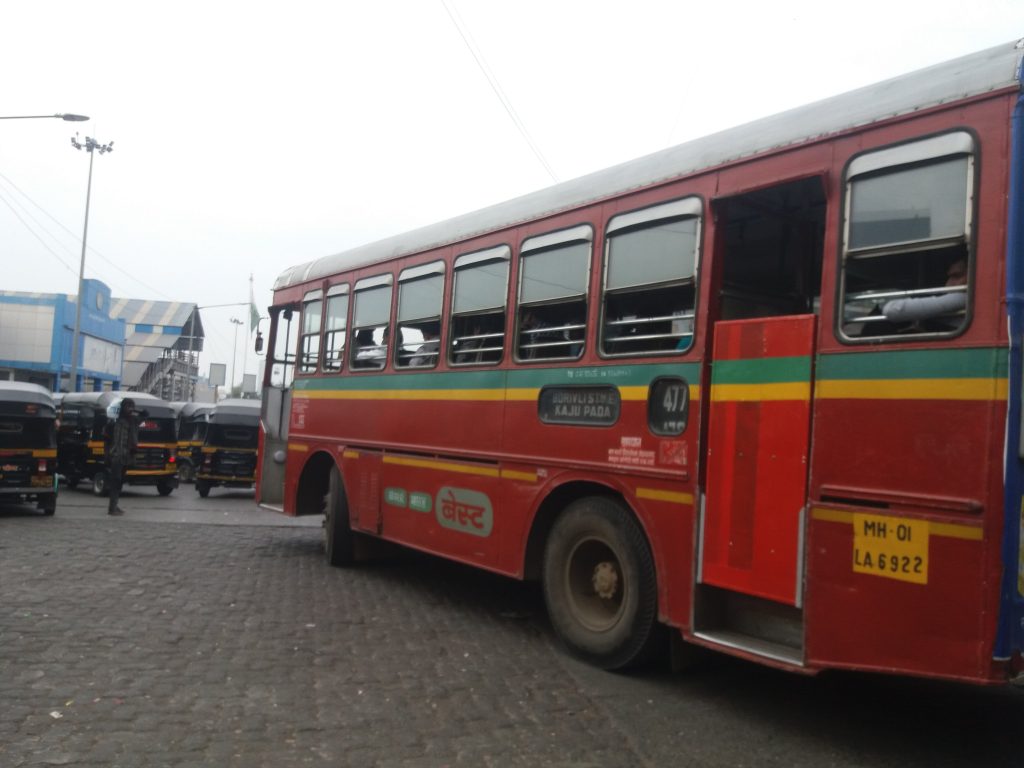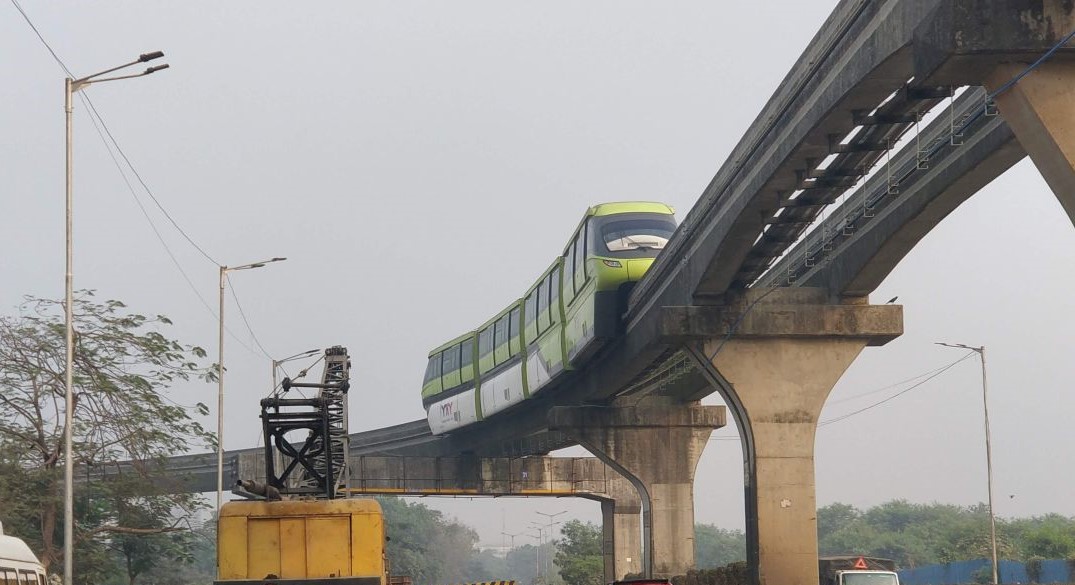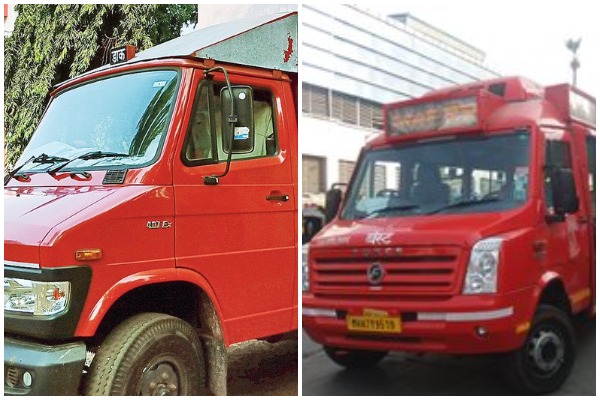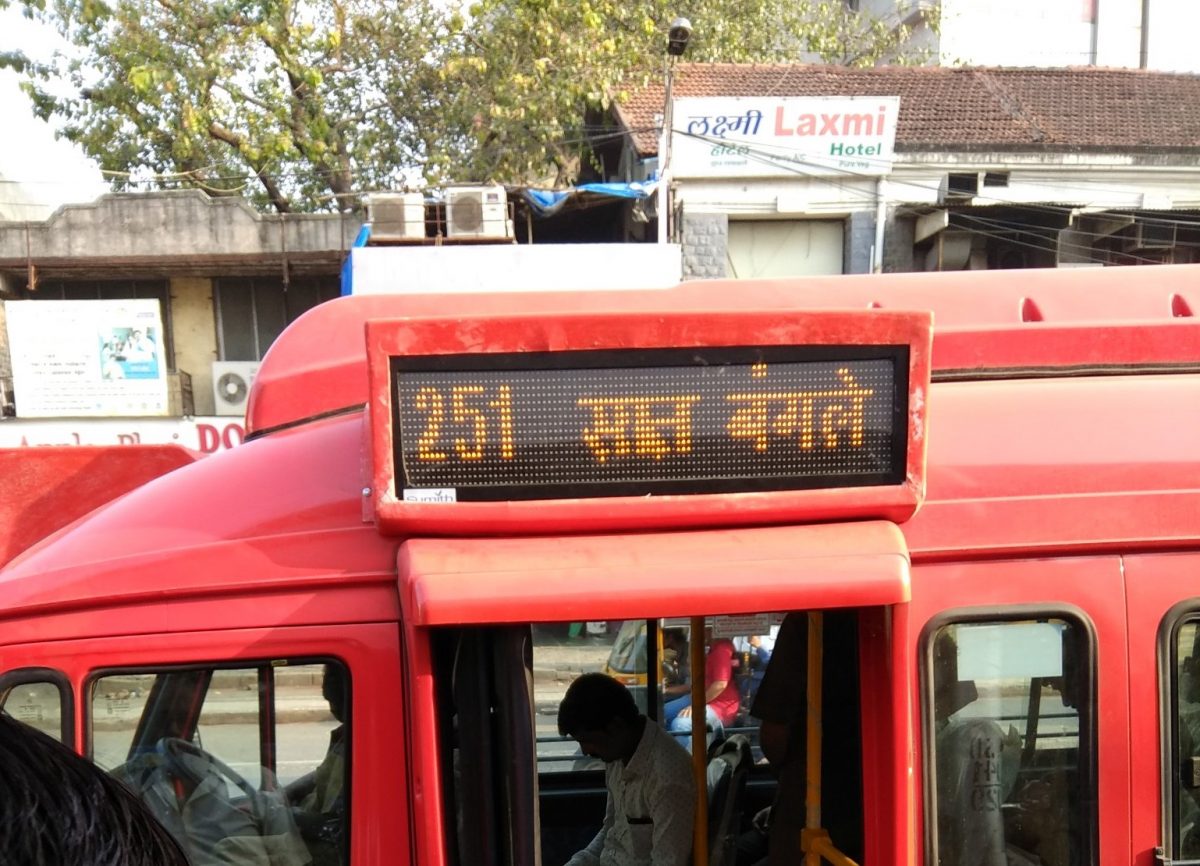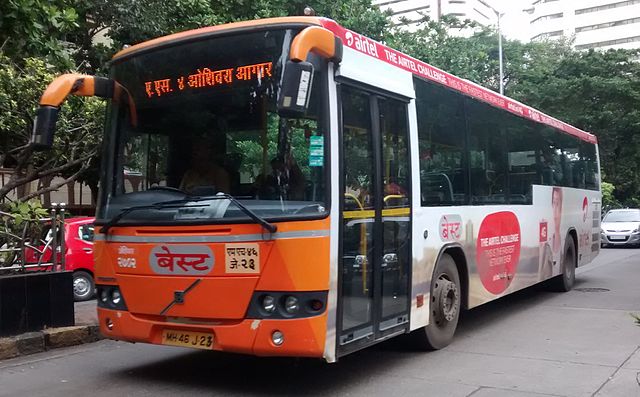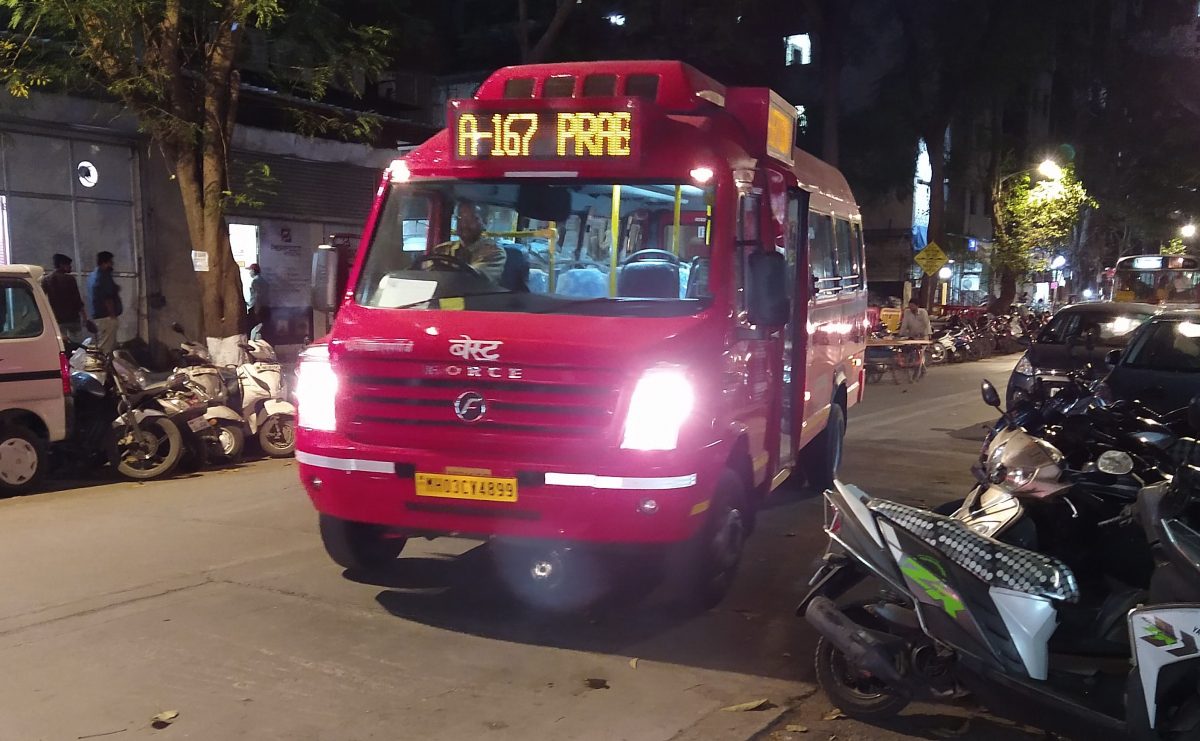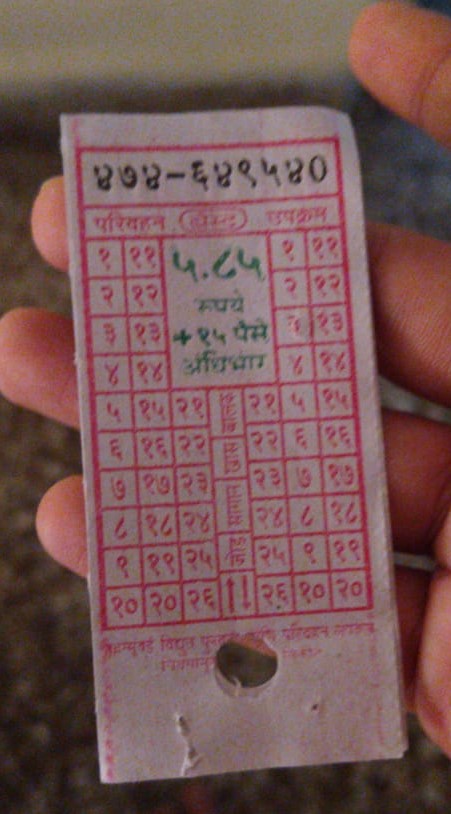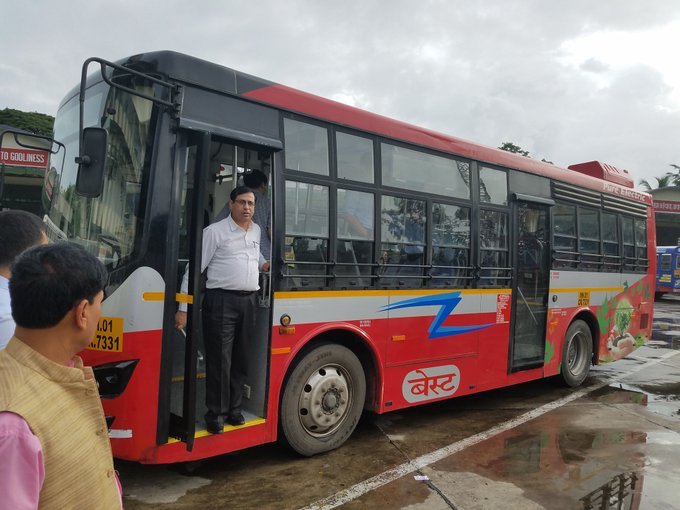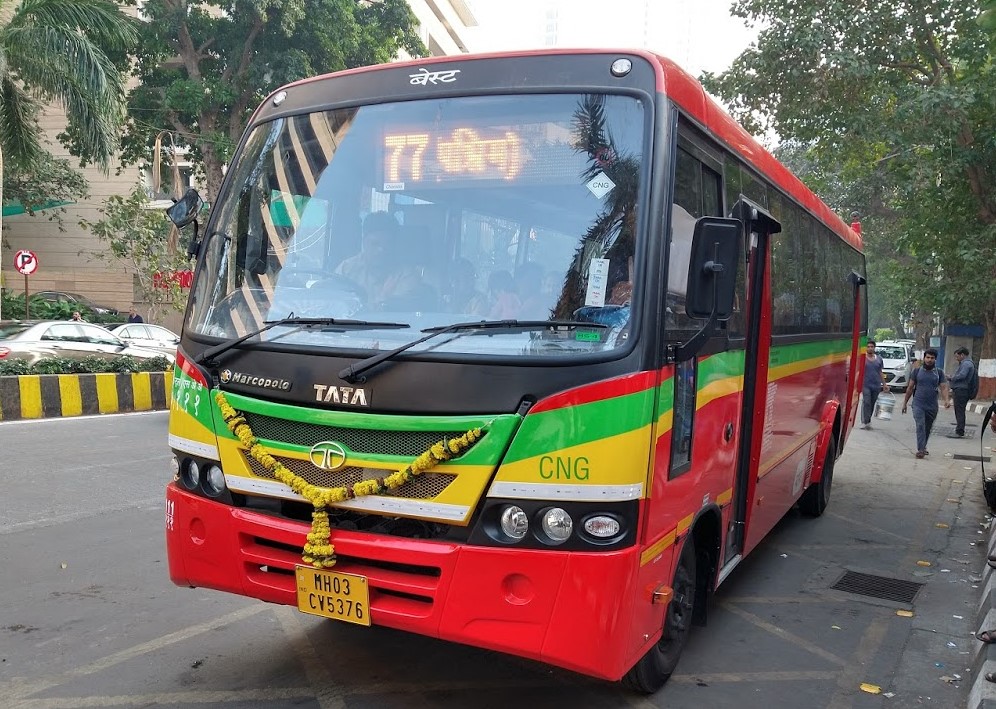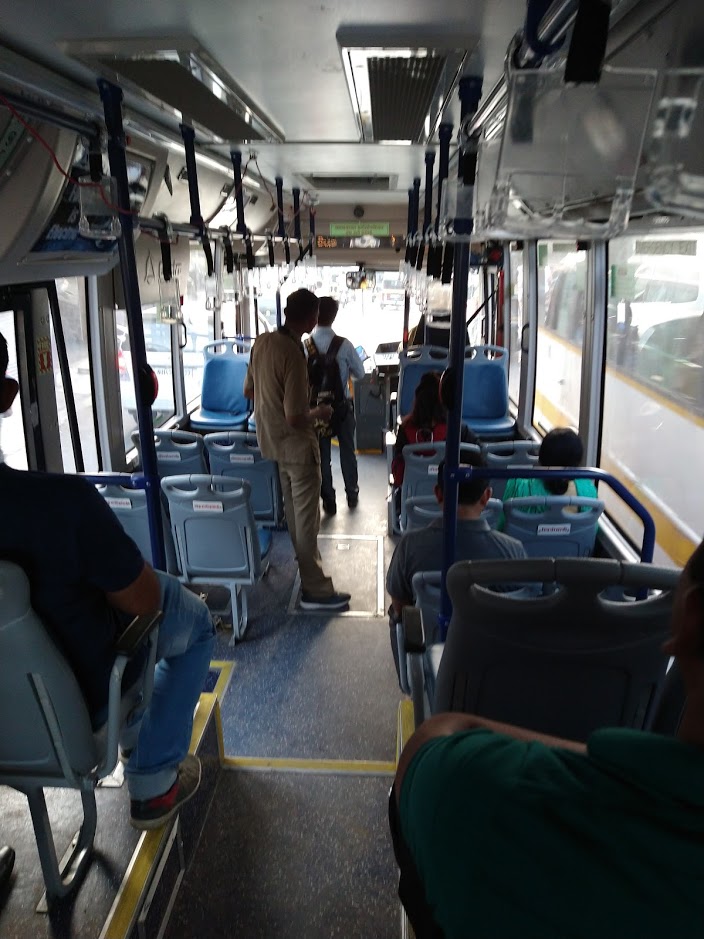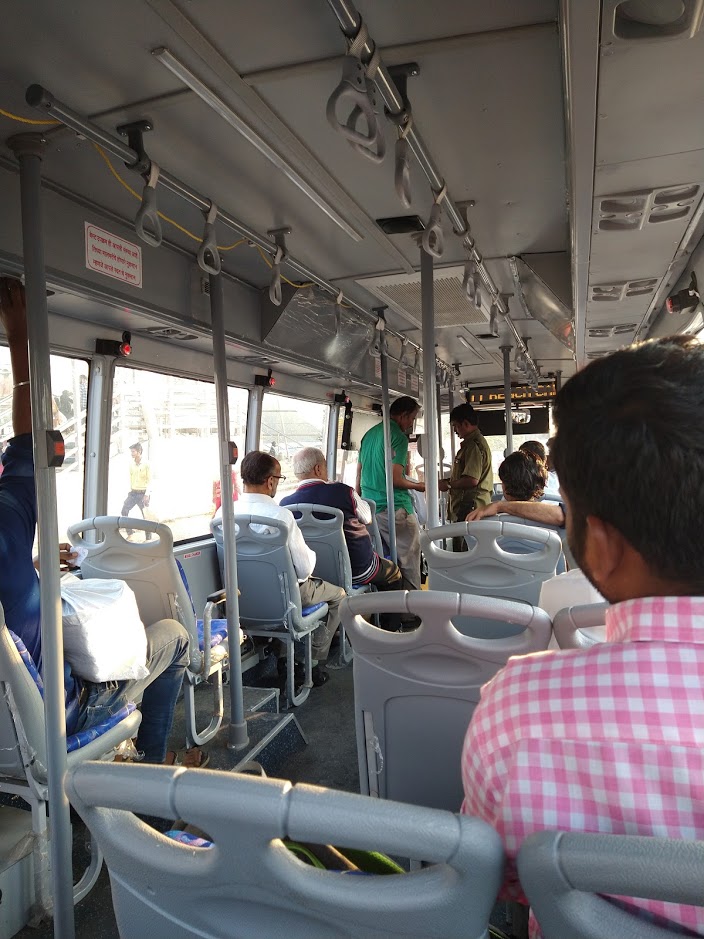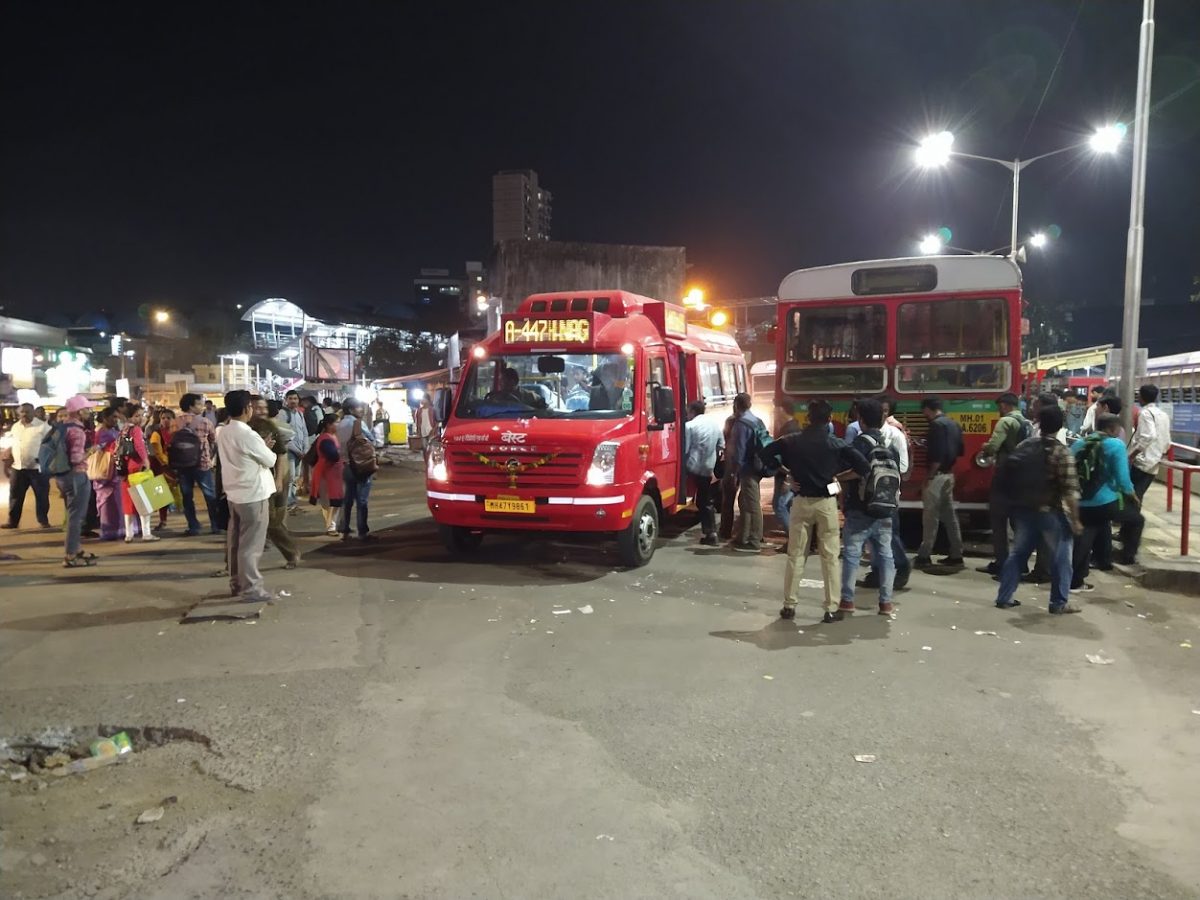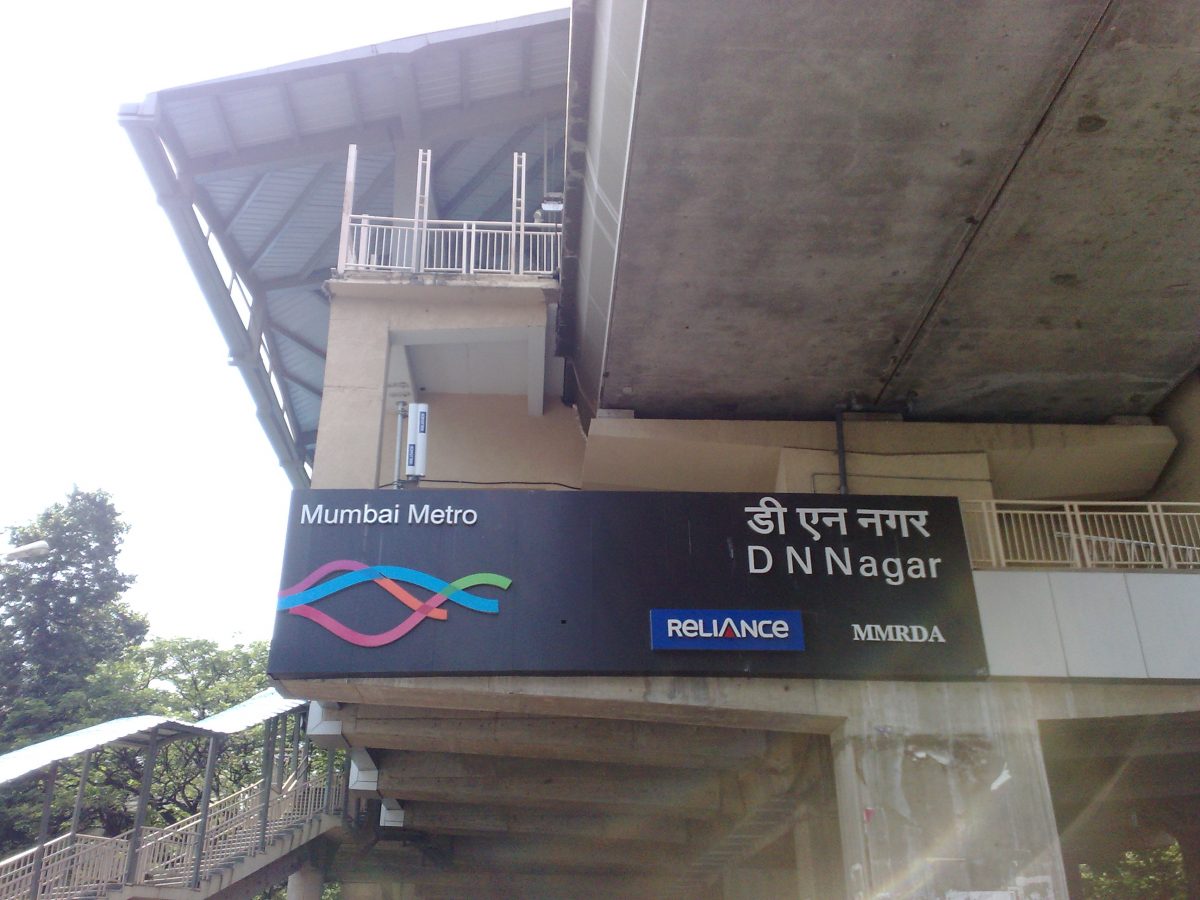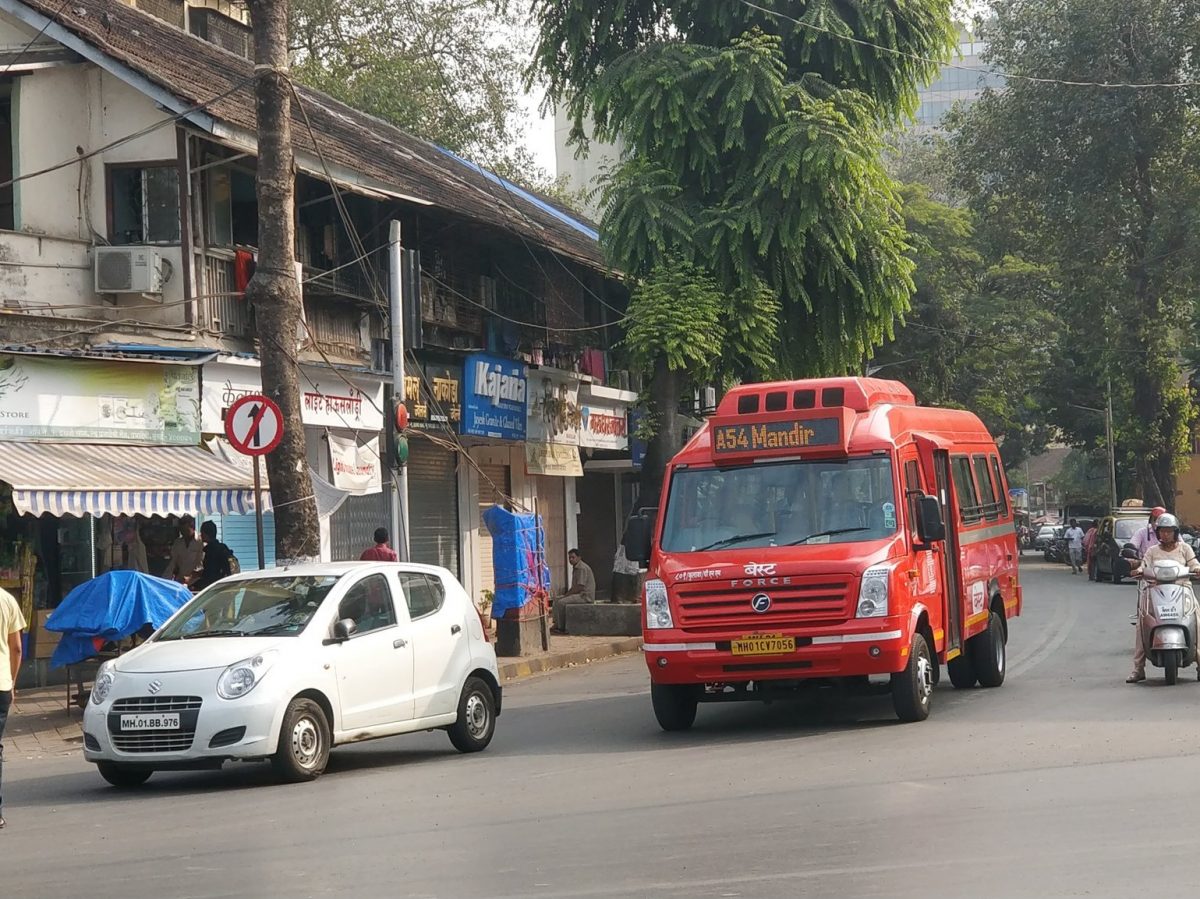Four months after BEST began A-251 at Andheri Station (West), it finally began services in Andheri (East). BEST announced three routes A-337, A-338 and A-441 from Agarkar Chowk on 9 March.
A-337 connects Agarkar Chowk to Terminal 2 (Sahar Terminal) of Chhatrapati Shivaji Maharaj International Airport (CSMIA). It mirrors the regular 337 that goes along the same route. This marks a return of BEST’s AC buses to the international terminal. The last bus was A-1 Express using the Purple Faeries than ran from CBD Belapur Bus Station in Navi Mumbai to the airport nearly a decade ago.
The second AC bus being run is A-338. This mirrors the regular 338 between Agarkar Chowk and Sahar Cargo Complex.
The third bus that BEST launched is A-441. This runs from Agarkar Chowk to Mhada Colony (Majas). It partly mirrors 441 which runs from Agarkar Chowk till Majas Depot, five stops more. The reason it doesn’t run up to Majas Depot is because that fall under the next fare zone and as I had explained in an earlier post, BEST is currently only looking at single-fare stage operations right now.
Among these three, A-441 will be a significant one since it connects towards Majas and traverses Nagardas Road. Perhaps BEST can launch AC services from Jogeshwari Station (East) or Satbhakti Mandir since that falls under the ₹6 fare zone.
Here are some pictures from Twitter user Akshay Marathe (note; Akshay Marathe, the transport enthusiast is not to be confused with another Akshay Marathe who is an Aam Aadmi Party member) and Shubham Padave.
While this is a good start, both Akshay and I agree that these mini-buses are not the best for Andheri East, larger buses are needed. BEST is as of now still operating BKC-16 as an air-conditioned version of 415 from Agarkar Chowk to SEEPZ Village using the Tata Starbus Hybrid Fleet. It operates with conductors.
With this launch, there are now four AC bus routes from Agarkar Chowk operating in three directions from the region. BKC-16 operates along Andheri-Ghatkopar Link Road/Andheri Kurla Road/Sir Mathurdas Vasanji Road till Chakala after which it turns towards Mahakali Caves Road/MIDC/SEEPZ. A-337 and A-338 operate along Sahar Road. A-441 goes towards Jogeshwari Vikhroli Link Road.
The postvans used in Andheri (East) are leased from Hansa City Bus (HCB) belonging to the Marol Depot. HCB is also the lessor for buses operating in Andheri (West), Jogeshwari (West) and Goregaon (East) with buses belonging to the Oshiwara and Dindoshi Depots. I’ve earlier noticed several buses in Andheri (West) operate using buses from the Marol Depot. Strangely, BEST’s A-32 that operates from Goregaon Bus Station (West) to Infinity Mall (Lokhandwala) also uses buses from the Marol Depot.
I also took a mini at Bandra (West) last week. Those are a bit confusing because the routes A-211, A-214, A-219 and A-220 are confusing. BEST has also stopped using the Hybrid fleet on AS-220. The buses are operated by MP Enterprises and Associates (MPG) out of the Bandra Depot.
Just to remind you, this is what the Tata Hybrid fleet looks like:
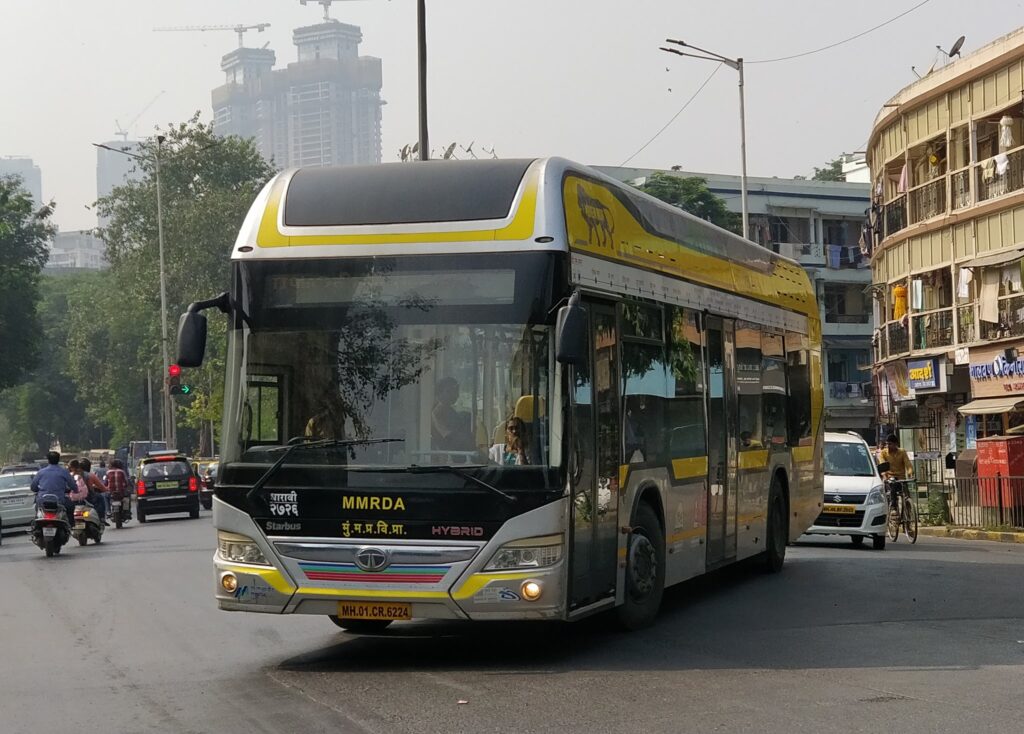
Also Read – BEST Is Doing Better: How Mumbai Is On A Mission To Provide Improved Public Transport on IndiaInfraHub.
This post is dedicated to Nirav Kanodra with whom I’ve had numerous discussions on best solving transit issues. You can follow Nirav on Twitter @niravstoons.
Featured image: Flex-board announcing A-441 (Shubham Padave/Twitter)
![]()
